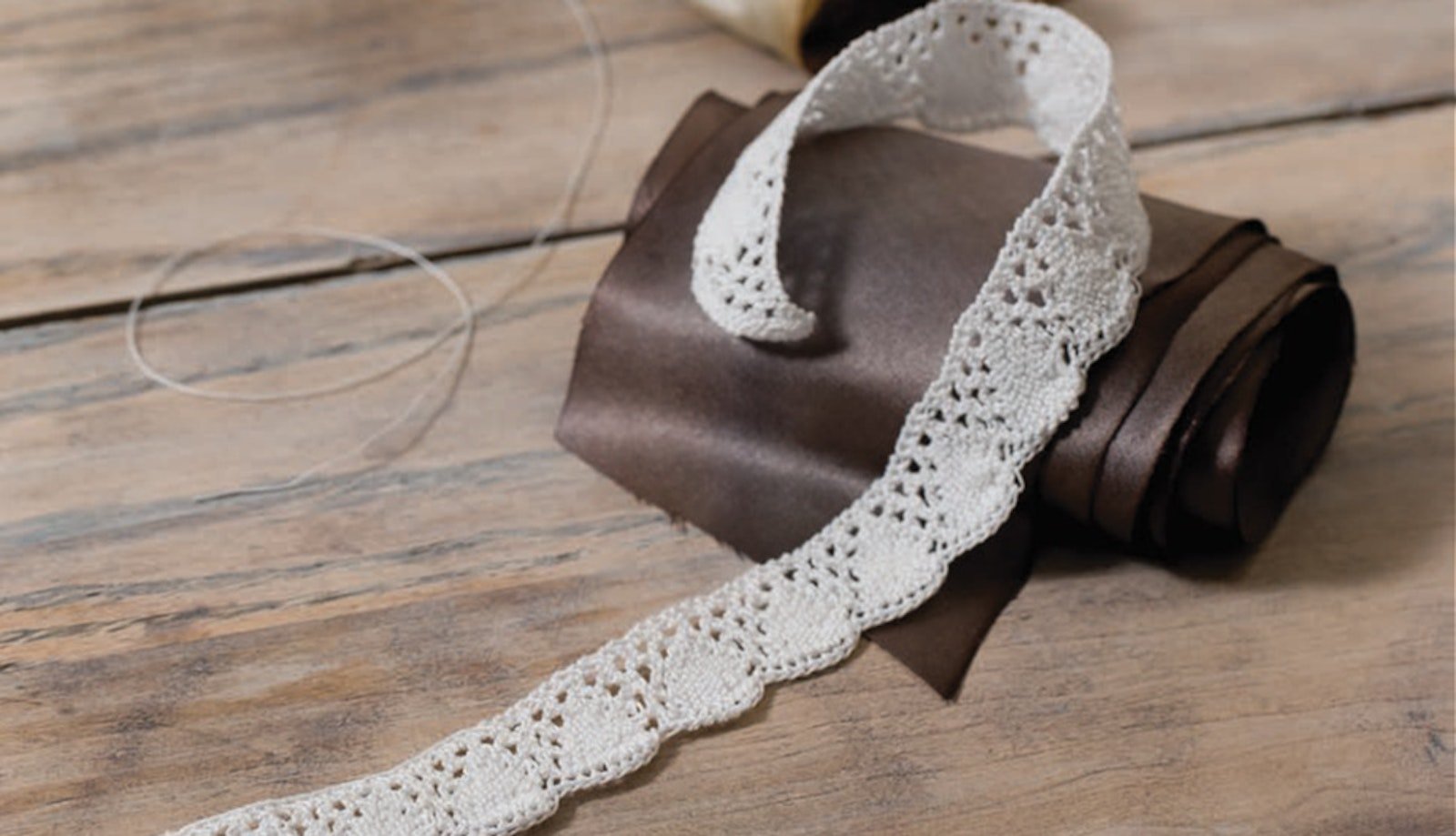|
Editors' Note: We asked Whitney Dorband,PieceWork's marketing specialist, to tell us more about the vintage patterns she re-created for Knitting Traditions and Crochet Traditions.
I have had the pleasure of re-creating several patterns published in the late 1800s to early 1900s for the pages of PieceWork’s Knitting Traditions and Crochet Traditions. Every time the editors ask me to help them with an issue by working one of these vintage patterns, I am more than happy to and for many reasons. 
Whitney crocheted and modeled our sample Auto Cap, a pattern from the November 1917 issue of Needlecraft Magazine that we published in Crochet Traditions Fall 2012.
First, I love to be able to engage in a craft that transcends time. Being able to re-create an article of clothing from many generations before my time renders a sense of awe and also tradition within me. Second, I love any excuse to get something on my needles or my hook. And lastly, I love a good challenge. These vintage patterns are nothing short of puzzles that need to be pieced together before you can reach your final outcome. I love reading and sifting through the instructions, seeing what’s changed and what’s stayed the same through the evolution of knitting and crochet patterns. But when it finally comes down to putting the yarn on the needle I usually have to do a little restructuring of the original. Here are the things that I do with these patterns to ensure success:
Read through the pattern.
Before doing anything at all, read through the pattern in its entirety. This will give you a sense of what you are going to need to do as well as a sense of what troubles you might run into.
Rewrite for clarity.
|
 |
|
Dainty Knitted Frock from the February 1926 issue of Needlecraft Magazinethat Whitney knit for Knitting Traditions Winter/Spring 2012. |
These patterns are like the worst written prose in any book, and they run sentences together rather than break each new instruction into a separate row. It can be confusing. Rewriting the instructions so that every pattern change gets its own separate line or even just making a distinct mark within the pattern to know when there is a change helps immensely.
Keep track of rows.
Sometimes these patterns don’t work row by row. It doesn’t tell you which row number you are going to bind off on, or what row number you will start increasing, etc. That is why, when I do my rewrites of the pattern, I write out the row numbers being worked for each section of the pattern. This is a huge time-saver.
Be willing to compromise.
These patterns are not perfect. They are always printed exactly as they appeared and no corrections have been made. Be ready to find mistakes and work with them. Often times, it’s just a matter of adding or subtracting some rows and/or stitches. By rewriting and tracking rows in the pattern, the mistakes sometimes become clear before you even get started.
md5-ce5a61b0cfabad00caba9a48ad97aeae
Don’t always stick to the original.
Sometimes the final product isn’t exactly what you want. There may be some detail that you really don’t like, for example I do not like the odd collar of the striped sweater I made for Knitting Traditions Fall 2012. Don’t be afraid to make a change. I plan on giving that sweater a cowl collar instead.
Those are my little tricks for working with vintage patterns. Once you understand how the pattern works, the knitting (or crocheting, or whatever craft it might be) becomes all the more enjoyable. It’s the challenge of the piece that makes the final product all the more special. Check out Knitting Traditions Fall 2012 for some great vintage sweater patterns that you can try your hand at reworking.
Happy knitting,
Whitney
|



